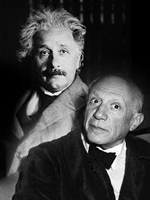The House of David Museum presents the story of the Christian religious community known as the House of David, founded in 1903. Members created most, if not all, of the items which they needed or desired for the rest of the community. At its height during the 1930s, the House of David served the early U.S. tourist population through its own amusement park, hotels, and restaurants, among other amenities. The House of David was also known for its baseball prowess, and would play games against teams in the Negro Leagues—unthinkable at a time when sports were so stringently divided by race.
The museum offers exhibits and self-guided tours. Appointments are required for groups of 25 or more. Groups receive an introduction and, when possible, a guided tour.
